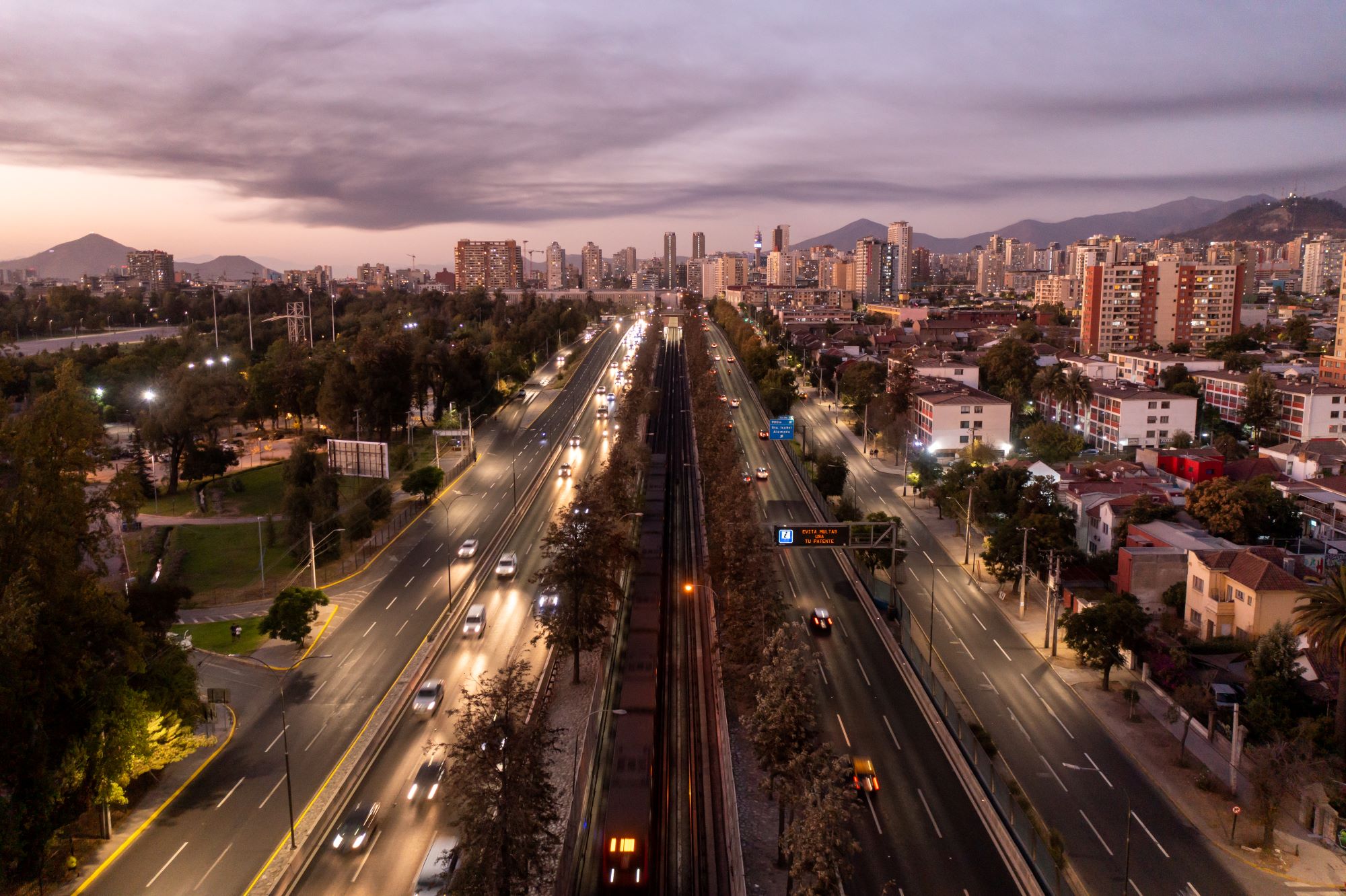Autopista Central of the VíasChile Group was the first toll road in America to receive ISO 39001 certification in 2015.
During the nearly two decades that it has been in the country, its goal has always been to provide service of excellence to users and contribute to the country’s sustainable development. In that framework, Road Safety is one of the fundamental pillars inspiring service in all projects managed by the Group.
Autopista Central has been a national and international benchmark. It has assumed that position with full responsibility for Road Safety, which is considered non-negotiable in respect of our customers. For that reason, we are governed by the highest international standards on the subject.
In 2018, we certified all of the toll roads operated by the Group at that time: Rutas del Pacífico, Autopista del Sol, Autopista Los Libertadores, Autopistas Los Andes and Rutas del Elqui.
Road Safety is everyone’s responsibility and consistent with that commitment, we are looking every day for opportunities to improve and surpass local requirements.
The following are of note among the concrete measures adopted by the VíasChile Group in this fundamental respect:
Implementation of a Strategic Road Safety Plan that sets down the Company’s plan on a series of actions to create a culture of safety and endeavor to reduce accidents on our toll roads that lead to injury and death. This is accomplished by data analysis, training, campaigns and courses, among other measures.
Impact buffers are being used with repair trucks to separate work zones on toll roads and contain any potential impacts by vehicles in those zones, which protects both our customers and our employees.
Additional emergency care equipment has been installed for the Lo Prado and Zapata Tunnels on Highway 68 and the Chacabuco Tunnel on the Los Libertadores Toll Road, such as rescue cars and motorcycles equipped with fire extinguishers, to improve the safety of those tunnels. The motorcycles can get to event sites quickly and agilely. Closing barriers were also installed at the entrances to tunnels in order to keep vehicles from entering during an emergency to protect their integrity and also make the assistance inside the tunnel efficient. Lastly, variable message panels were installed that provide updates, and improvements will soon be made to the ventilation systems inside tunnels for emergencies.

